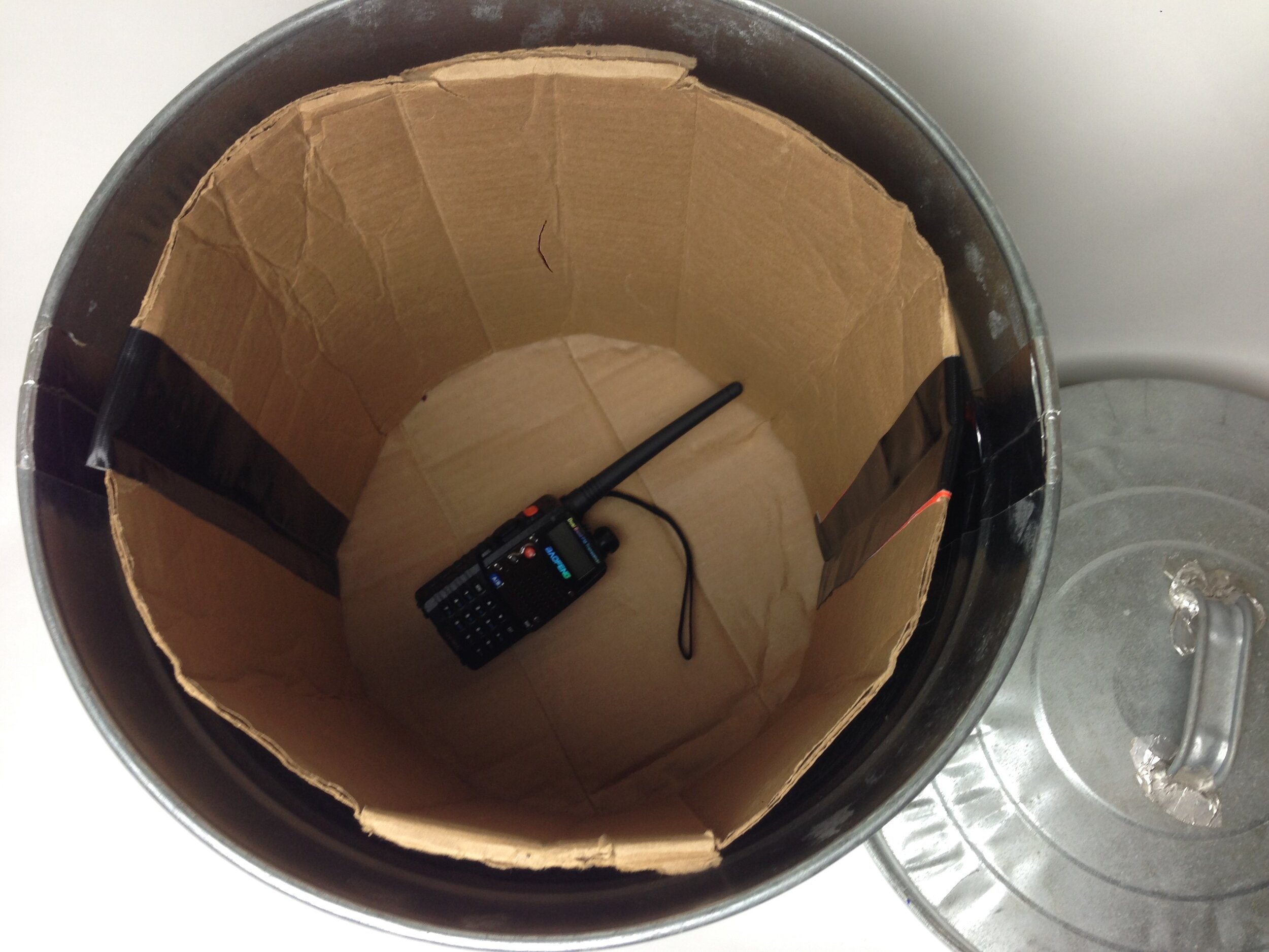Recently, the popularity of Faraday enclosures among preppers has surged, driven by an growing awareness of potential EM threats and the need for dependable protection of electronics. These innovative structures, designed to shield against EM fields, have turned into essential tools for those looking to safeguard their electronics from a variety of conditions, such as solar events, electromagnetic pulses, and even common disruptions. For many, a Faraday cage is more than a precaution; it’s a vital component of their preparedness plan.
As the dependence on technology in daily life grows to grow, understanding the significance and role of Faraday cages has become vital. Whether you are new to prepping or are an experienced enthusiast, knowing what to look for in a Faraday cage can mean all the difference. From the construction materials to the size and portability options, choosing the right cage is key to keeping your devices stay safe and secure in volatile scenarios. https://villarreal-bitsch-2.technetbloggers.de/capturing-electrons-in-a-box-the-principles-of-faradays-enclosures will explore the essential features and considerations that every prepper should keep in mind when choosing a Faraday cage, helping you to make well-informed choices for your tech devices and emergency preparedness plans.
Main Features of Faraday Enclosures
Faraday enclosures are engineered to provide effective protection against electronegative waves, making them vital for protecting delicate equipment. One of the primary features to consider is the material used in the fabrication of the cage. Metals such as brass, tin, and nickel are superb choices due to their conductivity, which allows them to bounce back and take in electromagnetic frequencies. The caliber of the material also plays a significant role; thicker materials commonly offer enhanced protection but can add to the weight and cost.
Another key feature is the layout of the cage itself. A properly made Faraday cage should have few openings since gaps can undermine its shielding capacity. Wire cages can be beneficial for easy transport but must be made with tight enough mesh to halt high-frequency signals. In comparison, non-mesh cages are typically more successful but can be larger. Additionally, the cage should have a tight lock to prevent any EM loss, guaranteeing that the contents remain shielded.
Size is a key consideration when choosing a Faraday cage, as it needs to accommodate all intended devices adequately. A cage that is too narrow may not provide ample protection, while one that is excessively big can be difficult to transport. It's essential to evaluate the measurements based on what devices will be stored inside and the possible scenarios in which the cage will be employed. By focusing on substance, structure, and dimensions, preppers can choose an effective Faraday cage tailored to their individual needs.
Components and Building
The efficacy of a Faraday cage largely is determined by the substances used in its building. Typical choices include copper alloy, aluminum, and steel, each offering varying degrees of conductivity and shielding capabilities. Cu is recognized for its high conductivity, making it an ideal choice for maximum signal reduction. Aluminum is less heavy and often more affordable, providing a satisfactory balance of efficiency and cost. Steel, while heavier and less efficient than copper, provides durability and can be effective in obstructing lower frequency waves.
When thinking about construction, pay close attention to the gauge of the substances. Thicker materials generally provide better shielding from EMI, but they can also increase weight and mass. Mesh constructions can be feasible options, as they allow for lightweight designs while still offering adequate shielding if the mesh size is suitable. The construction method, including bonding or joining joints, can also influence the strength and efficacy of the Faraday enclosure. Ensuring secure seams and connections is essential for preventing unintentional openings that could compromise the cage's defensive qualities.
In addition to the materials and gauge, the overall configuration and construction of the Faraday cage play significant roles in its performance. Factors such as the internal layout, grounding techniques, and even the inclusion of insulation can affect how well the cage operates. RF enclosures for sale planned Faraday cage will not only block EM radiation but also guarantee that stored items are secure and shielded from harm. Evaluating all these aspects will help you select or build a cage that satisfies your specific requirements efficiently.
Examination and Performance
When it comes to confirming that a Faraday cage delivers the protection it asserts, assessing its functionality is crucial. There are various methods to evaluate how well a cage shields electromagnetic signals. One typical method is to use a radio frequency (RF) meter to measure signal strength inside the cage versus the outside. By installing a device that broadcasts signals near the cage and observing the reception inside, users can ascertain the level of shielding achieved. If signals are still detectable inside, it may suggest that the cage requires improvements or is not constructed to specifications.
Another critical aspect of testing a Faraday cage is to check for any physical leaks that could weaken its shielding capabilities. This entails checking gaps, seams, or areas where the conductive material may not be continuous. Conductive materials must fully cover the electronics inside without breaks, as even small openings can let electromagnetic interference infiltrate. Users should also consider testing with different types of frequencies, such as those used by cell phones, radios, and Wi-Fi, to ensure comprehensive protection across the spectrum.

Ultimately, the efficacy of a Faraday cage will also depend on understanding its design and construction quality. Factors such as the material used, the thickness of the metal, and the overall build can greatly influence performance. By dedicating time in thorough testing, individuals can confirm that their Faraday cage is not only a dependable safeguard against EMPs but also a strong solution for diverse electronic protection needs.
